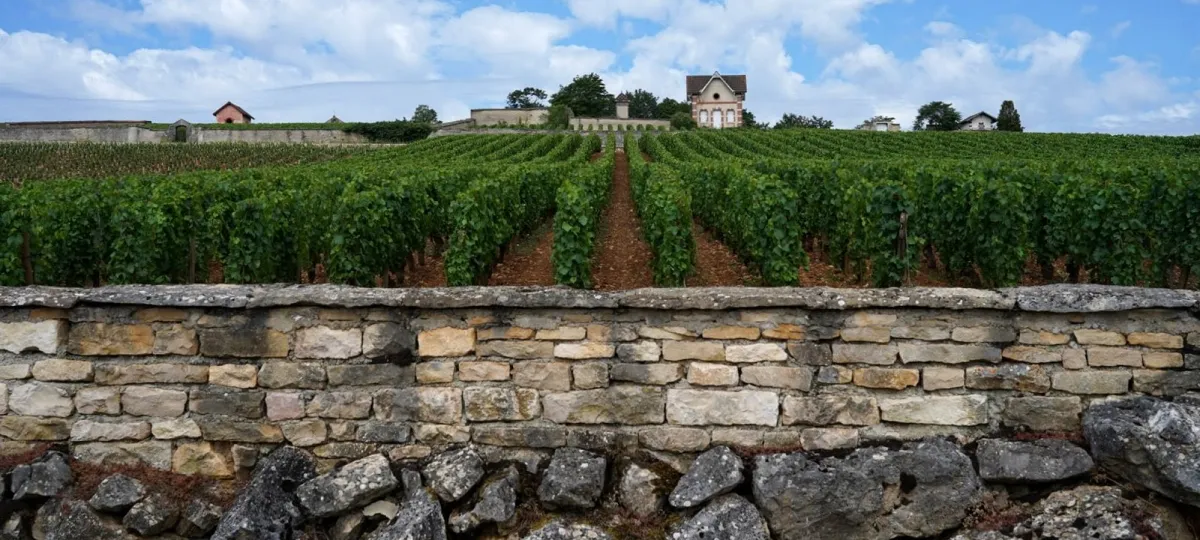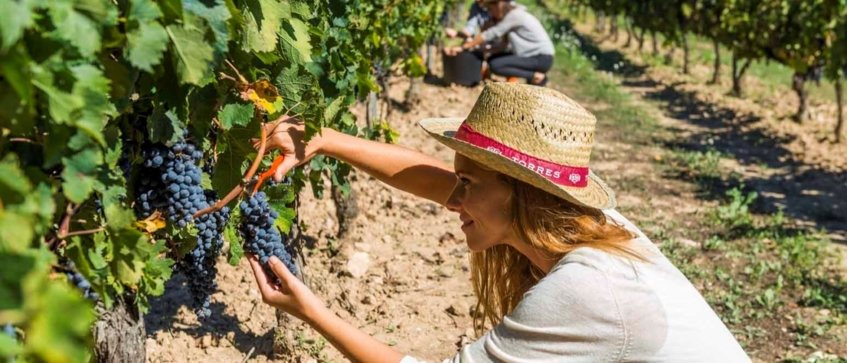September 10, 2024
The Role of Terroir in Fine Wine: Exploring Vineyard Influences

In the world of fine wine, the term "terroir" often emerges as a cornerstone of discussion and a subject of intrigue. Terroir encapsulates the unique combination of factors that contribute to a wine's character, including the vineyard's location, soil composition, climate, and even the practices of the winemaker. Understanding terroir is crucial for anyone seeking to appreciate the nuances of fine wine. This exploration reveals how these elements interweave to create wines of exceptional quality and individuality.
What is Terroir?
Terroir is a French word that translates to "land" or "earth." In the context of viticulture, it refers to the specific environment in which grapes are grown and how that environment influences the resulting wine. This concept extends beyond mere geography, incorporating the local climate, soil types, topography, and the interaction between these factors and the vines. Terroir is not a fixed attribute but a dynamic interaction that evolves with the seasons and the vintages.
Soil Composition and Its Impact
The soil in which vines are planted is perhaps the most tangible element of terroir. Soil composition influences the vine's growth, nutrient uptake, and ultimately, the flavour profile of the wine. Different soil types contribute distinct characteristics to the grapes. For example:
-
Limestone: Found in Burgundy and parts of Champagne, limestone-rich soils are known for producing wines with excellent acidity and minerality. The soil's ability to retain water and its alkaline nature can enhance the freshness and precision of the wine.
-
Clay: Predominant in regions such as Châteauneuf-du-Pape, clay soils retain heat and moisture, which can benefit late-ripening grape varieties. Wines from clay soils often exhibit rich, full-bodied characteristics and robust flavours.
-
Sand: In regions like the Côte de Beaune in Burgundy, sandy soils allow for good drainage and can produce wines with delicate, nuanced flavours. Sand's low fertility levels can lead to lower yields but often results in concentrated, complex wines.
Climate and Its Influence
Climate plays a pivotal role in shaping the terroir and, consequently, the style of the wine. The climatic conditions of a vineyard can affect the grape's ripening process, sugar levels, and acidity. The primary climate types impacting wine production are:
-
Maritime Climate: Found in Bordeaux and parts of the Loire Valley, maritime climates feature moderate temperatures with ample rainfall. These conditions can lead to balanced wines with good acidity and complexity.
-
Continental Climate: Characterised by significant temperature variations between seasons, as seen in regions like Burgundy and Bordeaux’s inland areas. Continental climates often yield wines with pronounced flavours and structures due to the greater temperature swings.
-
Mediterranean Climate: Common in regions such as southern France and Spain, Mediterranean climates are marked by hot, dry summers and mild winters. These conditions favour the ripening of robust grape varieties, leading to wines with intense flavours and higher alcohol content.
Topography and Vineyard Location
Topography, including aspects such as elevation, slope, and orientation, also impacts terroir. Elevation affects temperature and sunlight exposure, influencing grape ripening and flavour development. For instance:
-
High Altitudes: Vineyards at higher elevations, such as those in Mendoza, Argentina, experience cooler temperatures, which can preserve acidity and produce more aromatic wines.
-
Slopes: South-facing slopes in the Northern Hemisphere, like those in the Mosel Valley of Germany, receive more sunlight, aiding in the ripening of grapes and contributing to the wine's richness and balance.
The Human Element: Winemaking Practices
While terroir encompasses natural factors, the role of human intervention in winemaking cannot be overlooked. Practices such as vineyard management, harvesting techniques, and winemaking methods all influence the final product. For example:
-
Organic and Biodynamic Farming: These practices emphasise working with the natural ecosystem and can enhance the expression of terroir. Biodynamic methods often involve specific planting calendars and natural preparations to promote soil health and vine vitality.
-
Minimal Intervention: Some winemakers choose minimal intervention approaches, allowing the natural characteristics of the terroir to shine through. Techniques such as wild fermentation and minimal use of additives can accentuate the unique attributes of the vineyard.
Terroir in Famous Wine Regions
Certain wine regions are renowned for their distinctive terroirs, which are reflected in their iconic wines. Here are a few examples:
-
Burgundy, France: Burgundy is a prime example of terroir's significance. The region’s complex mosaic of vineyards, with varying soil types and microclimates, contributes to the wide array of flavours found in its Pinot Noir and Chardonnay wines.
-
Champagne, France: The terroir of Champagne, with its chalky soils and cool climate, imparts the region’s sparkling wines with their signature freshness and minerality.
-
Napa Valley, USA: In Napa Valley, the diverse terroirs range from valley floors to mountainous elevations, allowing for a broad spectrum of styles in Cabernet Sauvignon and other varietals.
The concept of terroir is central to understanding fine wine. It is a multifaceted interplay of soil, climate, topography, and winemaking practices that shapes the character and quality of the wine. By exploring the intricacies of terroir, wine enthusiasts can gain a deeper appreciation for the unique qualities that define exceptional wines and the remarkable stories behind each bottle. Whether enjoying a Burgundy Pinot Noir or a Napa Valley Cabernet Sauvignon, recognising the role of terroir enriches the experience of wine appreciation, offering a connection to the land and the craft behind every vintage.

